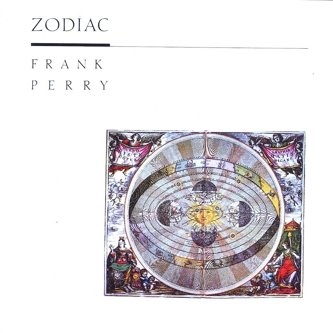Bun No. 1 (trad. focaccina, ciambella, panino) è un brano del 1965, composto da Cornelius Cardew durante i suoi studi con Goffredo Petrassi come esercizio finale per il corso di perfezionamento in composizione.
Si tratta, per quanto ne so, di un lavoro seriale per orchestra senza percussioni. Un brano affascinante, molto timbrico, che rivela un aspetto di Cardew quasi sconosciuto anche perché questo pezzo non era stato praticamente mai eseguito fino alla prima londinese curata dalla Scottish Symphony Orchestra diretta da Ilan Volkov per la BBC il 20 Agosto di quest’anno.
Ma perché Bun? in Contact no.26 (Spring 1983), John Tilbury ha spiegato
[Cardew} gave me two off-the-cuff reasons when I asked him: a bun is what you give to an elephant at the zoo, and that was how he felt when he gave the work to an orchestra to play; and the piece is like a bun – filling but not substantial!
Non badate all’immagine che con questo brano non c’entra assolutamente nulla.

 Dal fascinoso Zodiac, del percussionista inglese
Dal fascinoso Zodiac, del percussionista inglese